In the ever-evolving landscape of smart home technology, even the most mundane tasks are being reimagined for convenience, efficiency, and hygiene. One such innovation that has quietly transformed the bathroom experience is the WC flush sensor. Let's delve into how this seemingly small addition to our toilets is making a big impact on cleanliness and water conservation.
What is a WC Flush Sensor?
A WC flush sensor, also known as a touchless flush system, is a device installed in toilets to enable hands-free flushing. Instead of manually pressing a lever or button to flush, users simply need to wave their hand in front of the sensor, which then triggers the flushing mechanism automatically. This technology is based on infrared sensors that detect motion and activate the flush mechanism accordingly.
Hygiene Benefit
One of the primary advantages of WC flush sensors is improved hygiene. By eliminating the need for physical contact with flush buttons or levers, these sensors help reduce the spread of germs and bacteria in the bathroom. This is particularly beneficial in public restrooms, where multiple people may use the facilities throughout the day. With touchless flushing, users can maintain cleanliness and minimize the risk of cross-contamination.
Water Conservation
In addition to promoting hygiene, WC flush sensors also contribute to water conservation efforts. Unlike traditional flush mechanisms, which may release a fixed amount of water regardless of usage, sensor-based systems are designed to optimize water usage based on the specific needs of each flush. This means that only the necessary amount of water is dispensed, helping to reduce water wastage and lower utility bills in the long run.
Convenience and Accessibility
Another notable advantage of WC flush sensors is the convenience they offer to users. Whether in residential or commercial settings, touchless flushing simplifies the bathroom experience by eliminating the need to touch potentially contaminated surfaces. This feature is particularly beneficial for individuals with mobility issues or disabilities, as it ensures greater accessibility and independence in using the toilet.
Installation and Compatibility
WC flush sensors are typically easy to install and can be retrofitted to existing toilets with minimal hassle. Many manufacturers offer sensor kits that can be installed by homeowners or professionals without the need for extensive plumbing work. Additionally, flush sensors are compatible with a wide range of toilet models and designs, making them a versatile option for both residential and commercial applications.
In conclusion, WC flush sensors represent a significant advancement in bathroom technology, offering a host of benefits including improved hygiene, water conservation, convenience, and accessibility. Whether in homes, offices, restaurants, or public facilities, these touchless flush systems are revolutionizing the way we interact with toilets, creating cleaner, more efficient, and user-friendly restroom experiences for everyone.


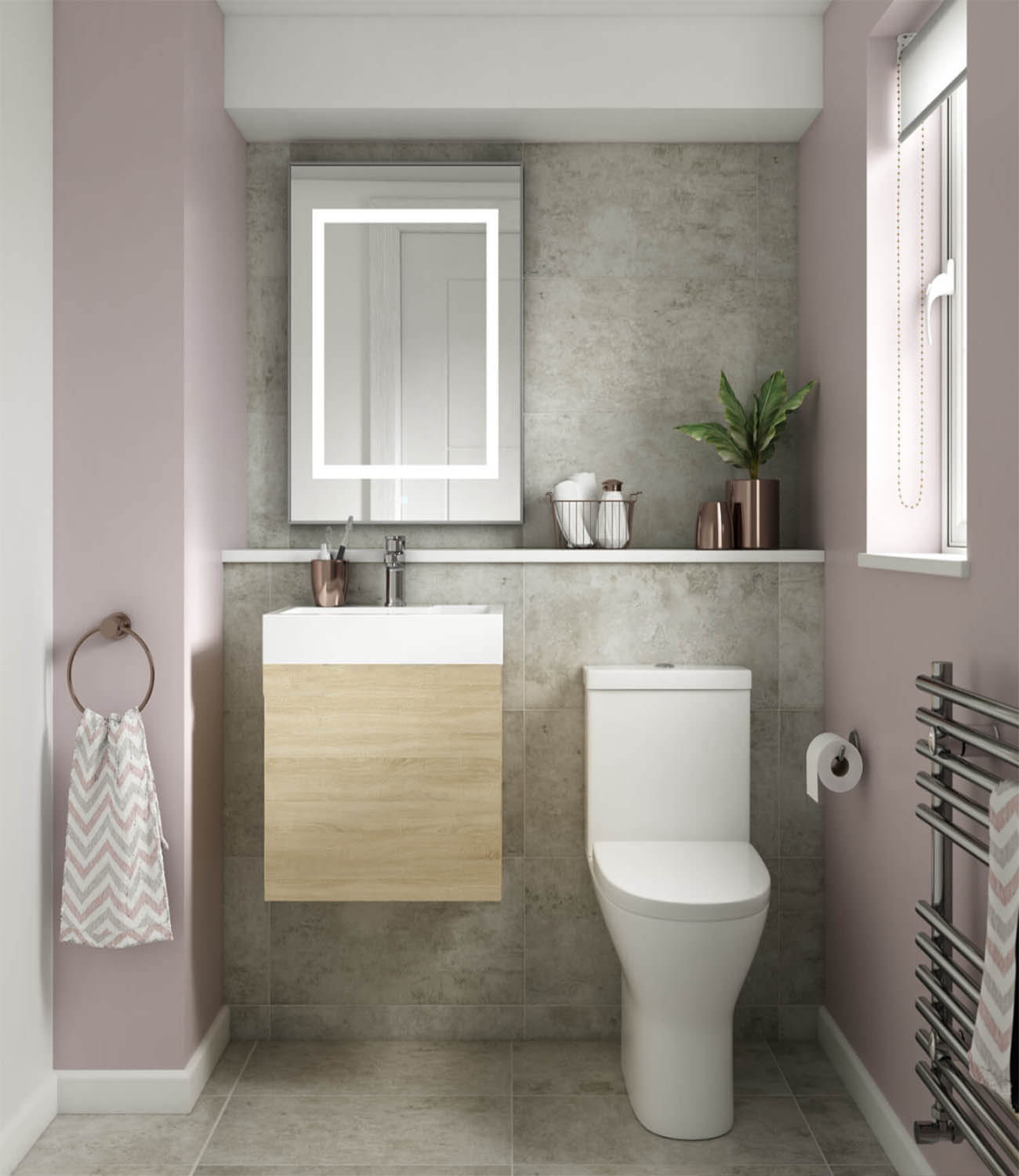

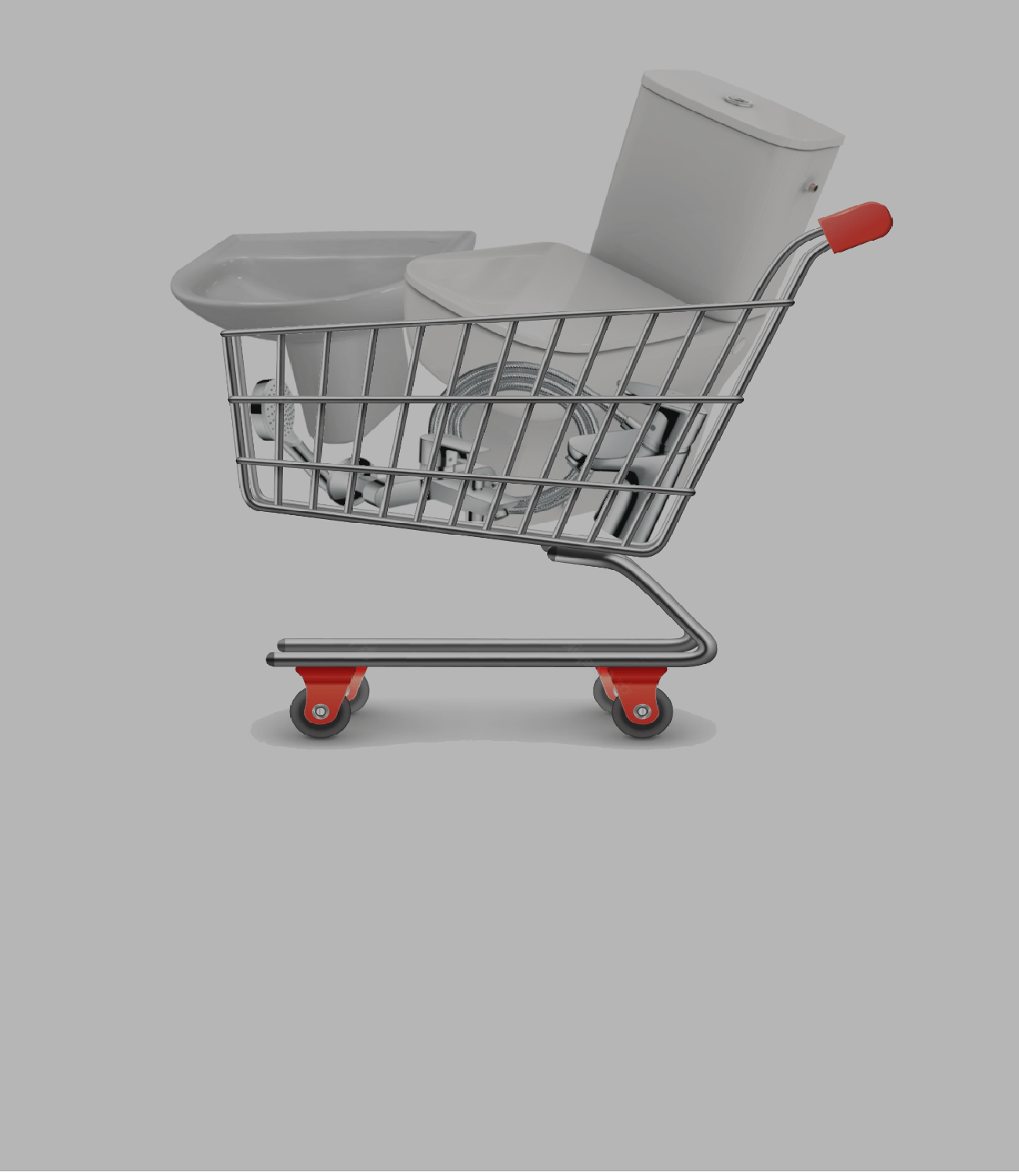
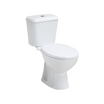
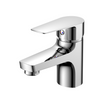





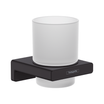

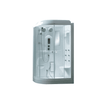
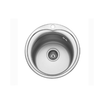


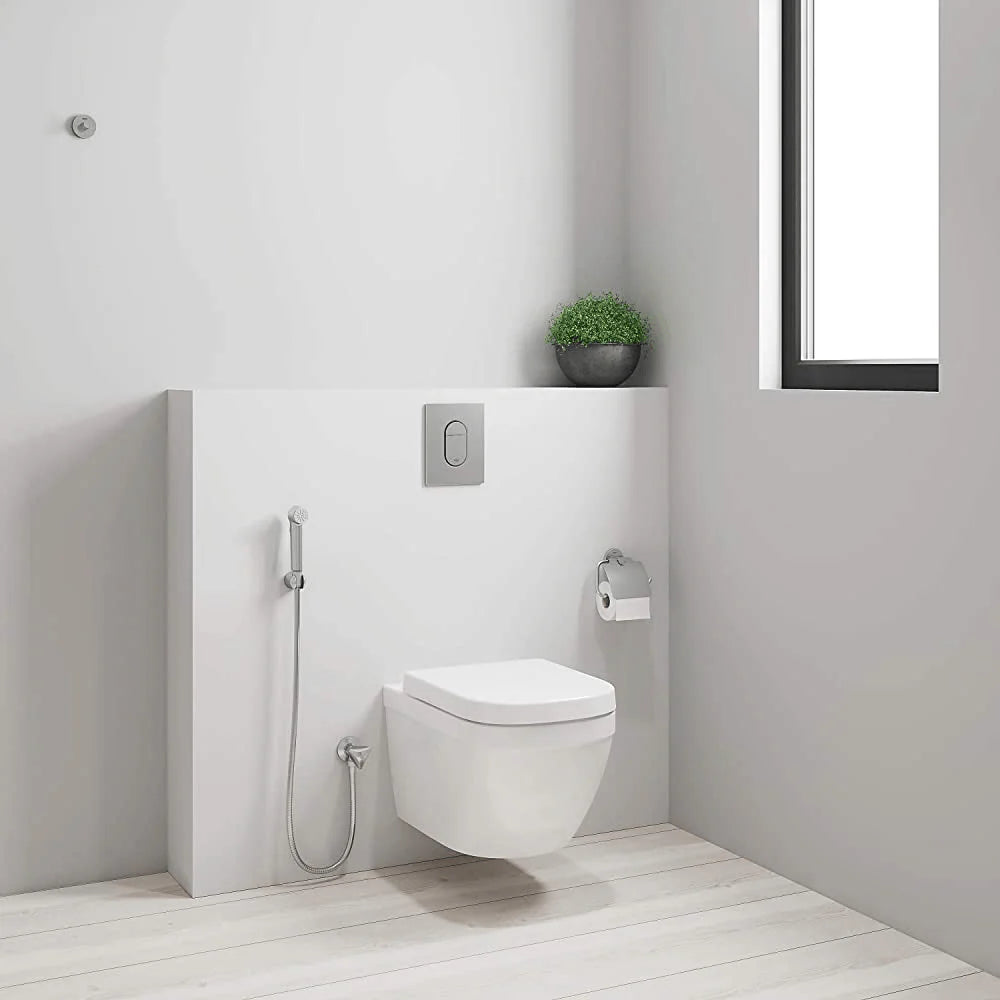

Leave a comment
This site is protected by hCaptcha and the hCaptcha Privacy Policy and Terms of Service apply.